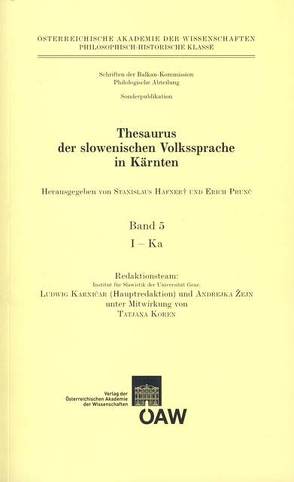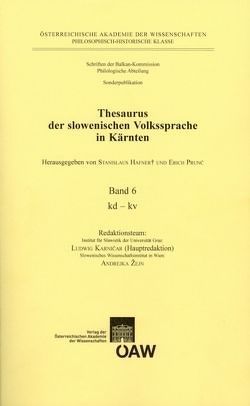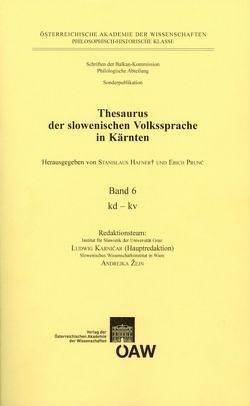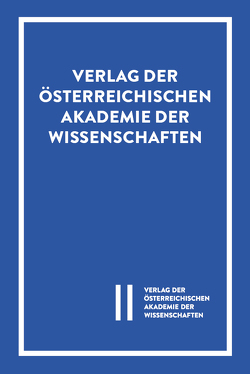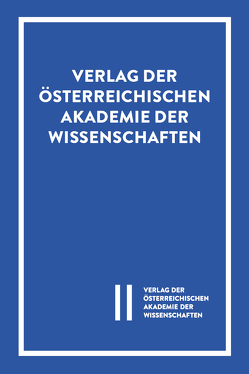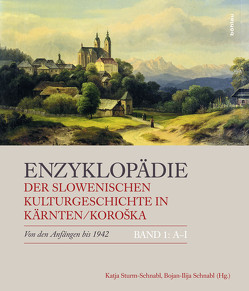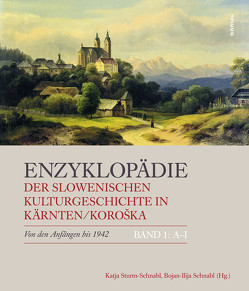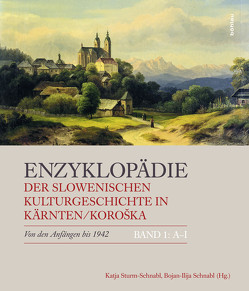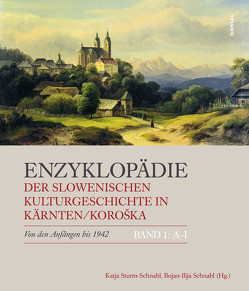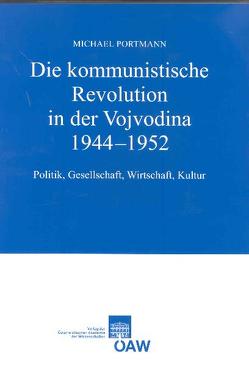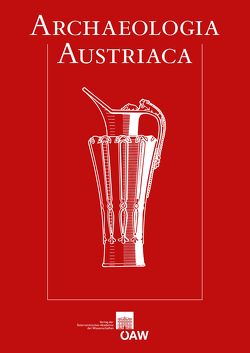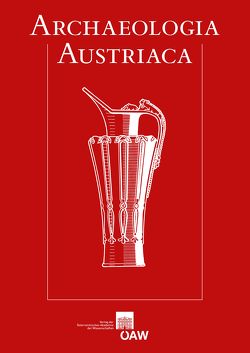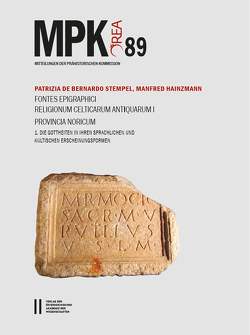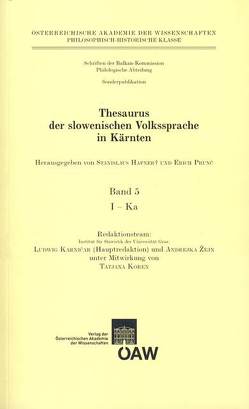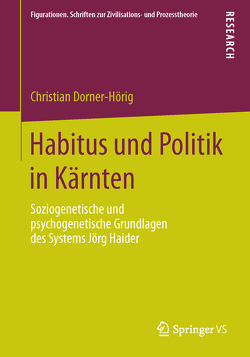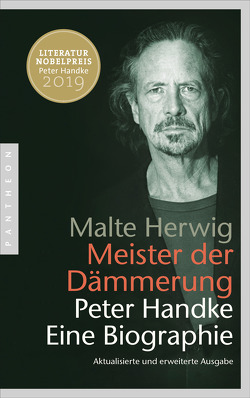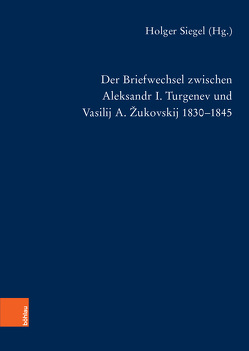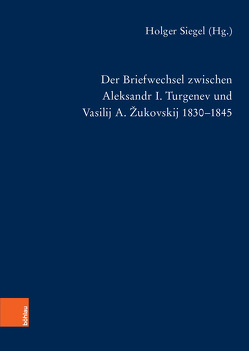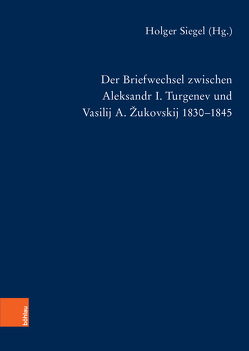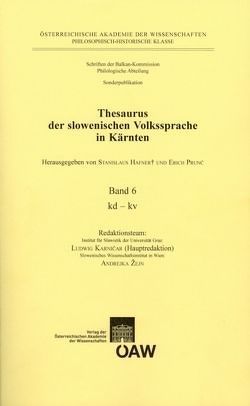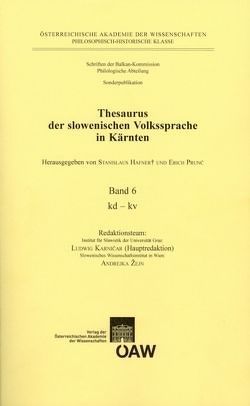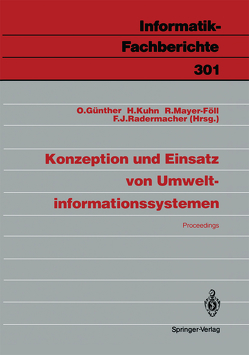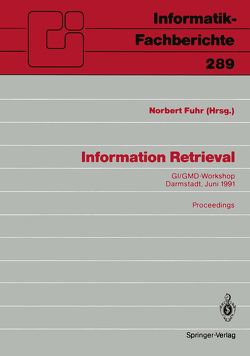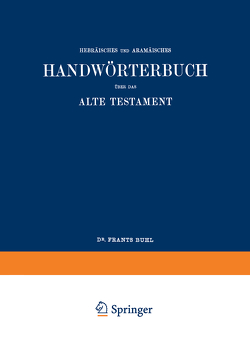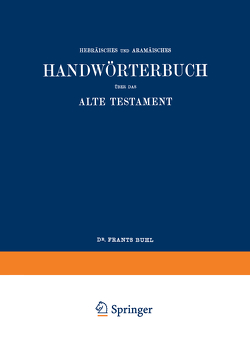Thesaurus der slowenischen Volkssprache in Kärnten / Thesaurus der slowenischen Volkssprache in Kärnten Band 5
I - Ka
Stanislaus Hafner, Erich Prunč
Der vorliegende 5. Band des Thesaurus der slowenischen Volkssprache in Kärnten (I–Ka) ist ein Fortsetzungsband der bisher erschienenen vier Bände (Bd.1 A–B, ÖAW; Bd.2 C–dn, ÖAW; Bd.3 do–F, ÖAW und Bd. 4 G–H). Das Werk bietet diatopisch, diastratisch und diaphasisch aufgearbeitetes sowie sprachgeographisch und morphologisch systematisiertes slowenisches Sprachmaterial aus Kärnten. Das sprachliche Material wird zu Lemmata zusammengefasst und mit Verweisen auf Differenzierungsmerkmale, Derivationen und Synonyme versehen, die durch eigene Feldforschung und sprachliche Kompetenz der Mitarbeiter ergänzt werden, wobei vor allem die lexikalisch-semantischen Qualifikationen von 1–5 wertvolle Aufschlüsse über die Verbreitung eines Stichwortes und auch über die verschiedenen Schichtungen des Lehngutes bieten. Es handelt sich um den ersten Thesaurus einer slawischen Sprache aus einer Sprachsituation, der eine Symbiose mit einer deutschen Verkehrssprache zugrunde liegt. Das Korpus ist geschlossen und umfasst dialektologische und ethnologische Beiträge, darunter auch Diplomarbeiten und Dissertationen von den Anfängen der slowenischen Dialektologie in der Mitte des 19. Jhdts. bis Ende der Siebzigerjahre des 20. Jahrhunderts.
…
This 5th volume of the Thesaurus der slowenischen Volkssprache in Kärnten (I–Ka) (Thesaurus of the Slowenian Vernacular Language in Carinthia) follows the four volumes published to date, (Vol. 1 A–B; Vol. 2 C–dn; Vol. 3 do–F; and Vol. 4 G–H). The work offers Carinthian linguistic material that has been dealt with diatopically, diastratically and diaphasically, and that has been systematized based on linguistic geography and morphology. The linguistic material has been summarized in lemmas and referenced according to distinguishing features, derivations and synonyms. This has been augmented through individual field research and the researchers‘ linguistic competence. Offered in this connection are, above all, the lexical-semantic criteria of 1-5 important results concerning the spread of keywords, as well as the different levels of lexical borrowings. This is the first thesaurus dealing with the linguistic environment of a Slavic language determined by its symbiosis with a German lingua franca. The material is self-contained and encompasses dialectologic and ethnological contributions, including masters‘ theses and doctoral dissertations from the beginnings of dialectology in the middle of the 19th century until the end of 1970s.
